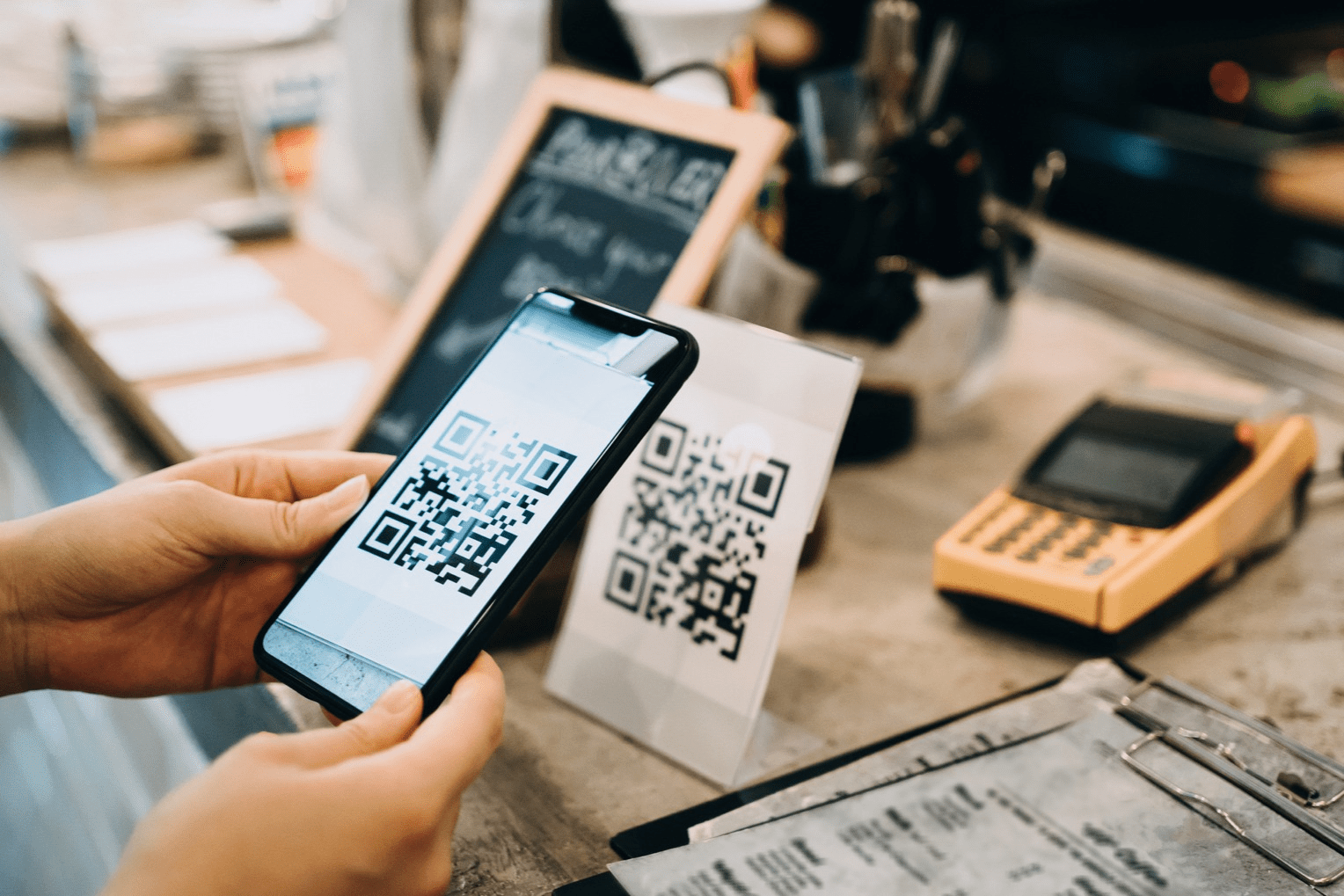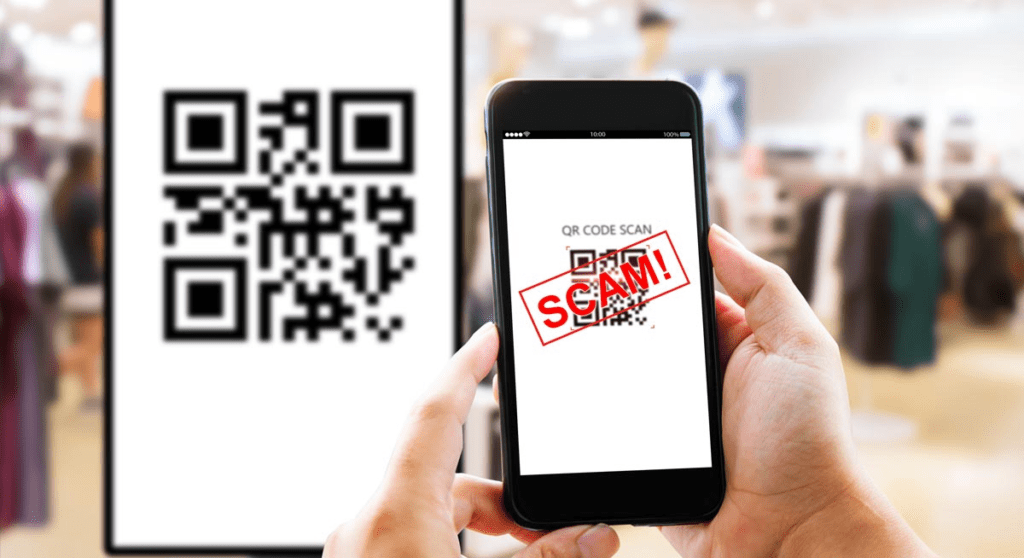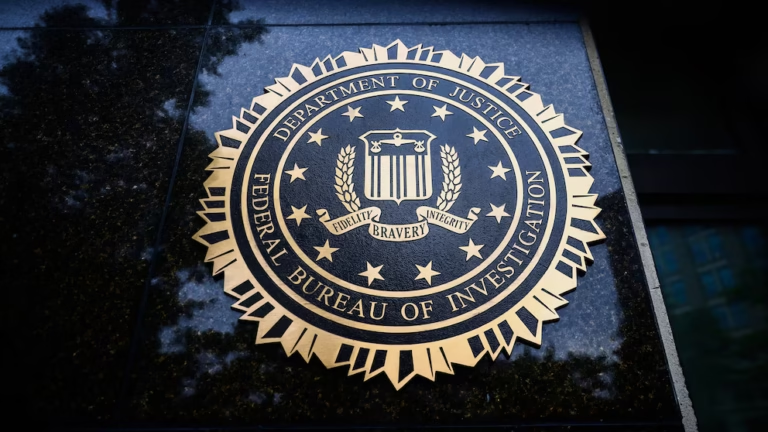The Growing Threat of Quishing: How to Protect Yourself

QR codes are everywhere –Quishing on restaurant menus, public transport timetables, and even in stores. They’re convenient for accessing websites, making payments, or reading content. But while they’re popular, they also come with a new cybersecurity risk known as quishing. So, what exactly is quishing, and how can you protect yourself from it?
What is Quishing?
Quishing is a type of QR code phishing. It happens when a malicious URL is embedded inside a QR code. When you scan the code, instead of leading you to a legitimate website, it directs you to a harmful one. This site could attempt to steal your personal information, install malware on your device, or trick you into making a payment to a scammer.
Because QR codes are often used to redirect users without providing a preview of the link, they’re perfect for cybercriminals who want to take advantage of your trust. A simple scan and tap could lead to malicious websites or unwanted downloads.

Why is Quishing a Serious Threat?
Despite their convenience, QR codes are often targeted by criminals. For example, hackers can place fraudulent QR codes on official parking meters, restaurant payments, and even fake promotions. They might even cover legitimate QR codes with stickers that look identical but direct you to a harmful site.
The real danger is that the URL linked to the QR code often uses a URL shortener or third-party service, making it difficult for you to see where it’s actually going. Once on the malicious website, you might be asked to log in, make a payment, or download a harmful file. This allows scammers to steal sensitive information or even steal money directly.
How to Protect Yourself from Quishing
While quishing is a serious threat, there are simple steps you can take to protect yourself:
- Use Built-in QR Scanners: The QR scanner on your device is generally more secure than those from third-party apps. Stick with the default scanner to minimize risk.
- Verify Links Before Clicking: Before clicking on any link a QR code takes you to, look carefully at the website address. Avoid links with URL shorteners or unfamiliar domain names.
- Be Careful with Payments: If the QR code directs you to a payment site, ensure that the address is official and secure. Scammers often use names similar to legitimate sites to trick you.
- Avoid Random Scans: Don’t scan random QR codes you see in public. If you’re unsure of a code’s source, it’s safer to skip it.
- Enable Privacy Settings: Turn off automatic downloads and enable privacy features on your device’s browser. This can prevent malicious files from being downloaded without your consent.
- Inspect Physical QR Codes: If a QR code looks tampered with – such as a sticker placed over it – don’t scan it. Be cautious if something doesn’t seem right.

Making QR Codes Safe for Your Business
If you’re a business owner and need to use QR codes for your customers, it’s essential to prioritize their security:
- Link Directly to Your Website: Avoid using URL shorteners, as they can mask the destination and potentially redirect customers to a harmful page.
- Check Your QR Codes Regularly: Ensure that no one has tampered with the codes. Stickers can be placed over legitimate codes, so it’s important to check them frequently.
- Provide Alternatives: If possible, offer alternatives to QR codes, such as printed menus, to make your customers feel more secure.

Conclusion
QR codes are incredibly useful, but they also pose new cybersecurity risks. By following the tips mentioned above, you can protect yourself from quishing and other QR code-based scams. Stay vigilant and ensure that you’re only scanning codes from trusted sources. And if you’re a business, keeping your QR codes secure is essential to providing a safe experience for your customers.






